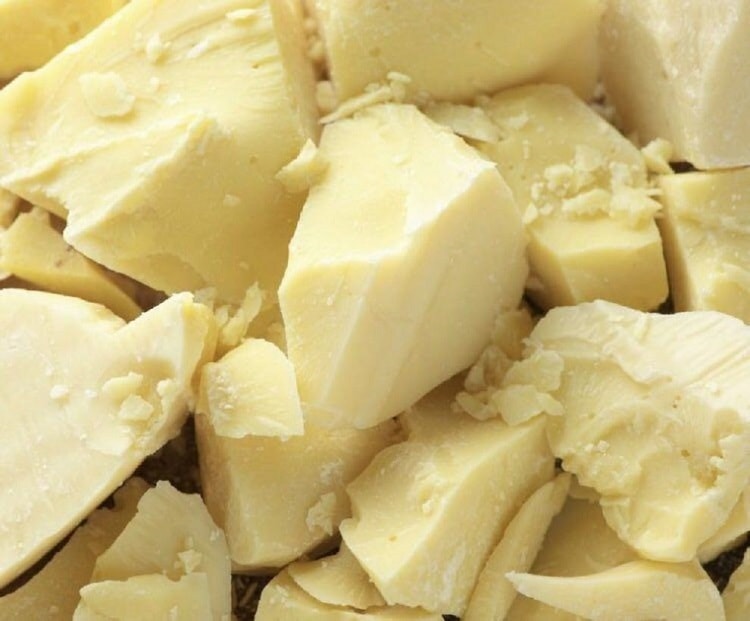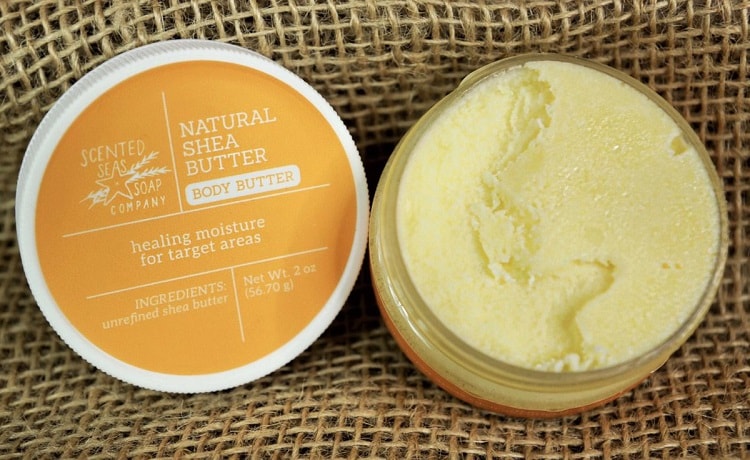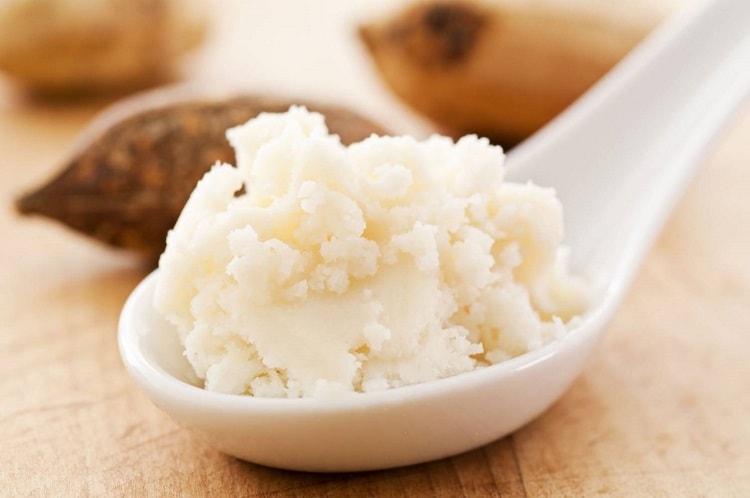Shea butter is plant-extracted fat. It comes from the nuts that are grown on native West African shea trees. At least most of the shea butter used in beauty and skincare products does. Shea butter has been a part of the cosmetic industry for centuries. It’s packed with plenty of fatty acids and vitamins that benefit the skin to a great extent. But how long does shea butter last?
So for how long is this wonder ingredient good enough to condition, soothe, and smooth your skin? When does it start to go bad? And how to store it the proper way to increase shelf life? All answers you’ll find below. Along with the many amazing benefits of adding shea butter into your daily skincare routine.

How Long Does Shea Butter Last - Shelf Life of Shea Butter
Unrefined shea butter shelf life, typically speaking, is around 24 months. That’s two years from its manufacturing and packaging date. However, the 24-month shelf life is applicable only if the storage is done right.
Shea butter, in its unrefined form, is 100-percent natural. Unrefined means without any preservatives added. Unrefined shea butter also has no chemicals.
On average, shea butter can be used for around two years to nourish and moisturize your skin. However, keep in mind that temperature changes do indeed affect the shelf life of the ingredient. Temperature changes that occur right from the manufacturing and packaging in Ghana all the way to you in America.
In that case, how to tell if shea butter has gone bad or expired?
How Long Does Shea Butter Last - How to Tell If Shea Butter Has Expired?

Does the moisturizing ingredient smell rancid? If yes, then you shouldn’t be using it on your skin. But please note that if you’re using the unrefined form of shea butter. Then it’s highly likely you’re mistaking the smoky, nutty scent of shea butter as rancid. So allow me to help you differentiate.
Rancid-smelling shea butter is more likely to make you gag. Much like olive oil or food that’s gone bad. If your shea butter smells rancid, trust me you would know.
As for the smoky smell of unrefined shea butter, this is more like a burnt scent. Much the same as burning wood or barbecue. Needless to say, that’s a good thing.
How Long Does Shea Butter Last - How to Store Shea Butter?
You can use a plastic or glass airtight container or a ziplock bag for storing shea butter. As long as it doesn’t allow air and moisture to come in. And those using a plastic container or bag, make sure this is food-grade plastic. You don’t want chemicals to fuse into your skincare product.
No matter the type of storage device, it’s best to store shea butter away from direct sunlight and heat. That means leaving it on your table near the window is a bad idea. Or placing it next to a stove, oven refrigerator, or any other heating element is also a NO-NO. Preserve it well, so it lasts longer.
A higher storage temperature only causes shea butter to soften up and then melt. To be more specific, this happens if the temperature is above 75 degrees Fahrenheit. So it’s okay to store your shea butter in the refrigerator. This prevents the cycle of constant melting and then solidifying.
And now that you know how long does shea butter last and how to store it. It’s time to read all about its long list of skin benefits.
The Many Amazing Benefits of Shea Butter

The fatty acids of shea butter restore and create moisture in the skin. Thus, preventing dryness.
Shea butter’s natural, chemical-free properties suit all types of skin as they don’t clog pores.
The anti-inflammatory properties of shea butter plant esters reduce skin irritation. Even that caused by eczema.
Shea butter gets easily absorbed into your skin, thus making it look oil-free.
Shea butter antioxidants in the form of Vitamin E and Vitamin A deliver anti-aging skin benefits.
Shea butter promotes anti-fungal and anti-bacterial action too. The latter prevents the formation of acne. While the former fights common skin infections.
It’s a collagen-boosting skin ingredient. So it minimizes the visibility of fine lines and wrinkles.
Shea butter also helps in generating new, healthy skin cells. Along with getting rid of dead skin cells.
Shea butter decreases the appearance of acne scarring and stretch marks as well.
Did you know that shea butter consists of SPF? Even though the SPF rating is very low, it’s good to know that shea butter adds to your daily sun protection.
Many hair care products are also infused with shea butter. Simply because it strengthens the hair and prevents hair breakage.
Speaking of which, shea butter contributes to treating dandruff too.
Where Do So Many Benefits of Shea Butter Come From?
Here’s how shea butter is able to transform your skin. And treat various types of common skin concerns like acne, eczema, skin irritation, etc.
- Shea butter contains fatty acids like linoleic, stearic, oleic, and palmitic. These are perfect for balancing your skin’s natural oil levels.
- Shea nut has a fatty part packed with triglycerides. No doubt, this particular fatty acid conditions and nourishes the skin.
- Shea nut’s waxy part is called cetyl esters. The best thing they do is not only moisturize your skin. But also lock in that moisture all day long.
- Shea butter has a rich content of antioxidants in the form of Vitamins A and E. And these regenerate skin cells and promote blood circulation.
So there's no denying that shea butter is well-equipped to care for your skin. No matter what type of skin you have. This includes oily, dry, acne-prone, and even sensitive. And that explains why this particular ingredient is so commonly combined with other skin-nourishing and skin-repairing ingredients. (Shea Butter vs. Cocoa Butter)
Conclusion
So now you know how to store shea butter properly in order to increase its shelf life. You can actually use shea butter for as long as two years if you store it the right way.
But there’s no denying that shea butter nutrients begin to break down over time. And this happens more quickly if factors like heat, sunlight, and air are dragged into the picture.
So make sure you store it away from direct sunlight and heat. And that you use an airtight container or bag for storage.
Also, the temperature should be consistently cool. For that, it’s highly recommended to store shea butter in your fridge. Because a temperature higher than 75 degrees Fahrenheit softens and melts the ingredient.
And you know your shea butter has expired or gone bad if it starts to smell rancid. Like spoiled food or something like that.
SEE MORE:
